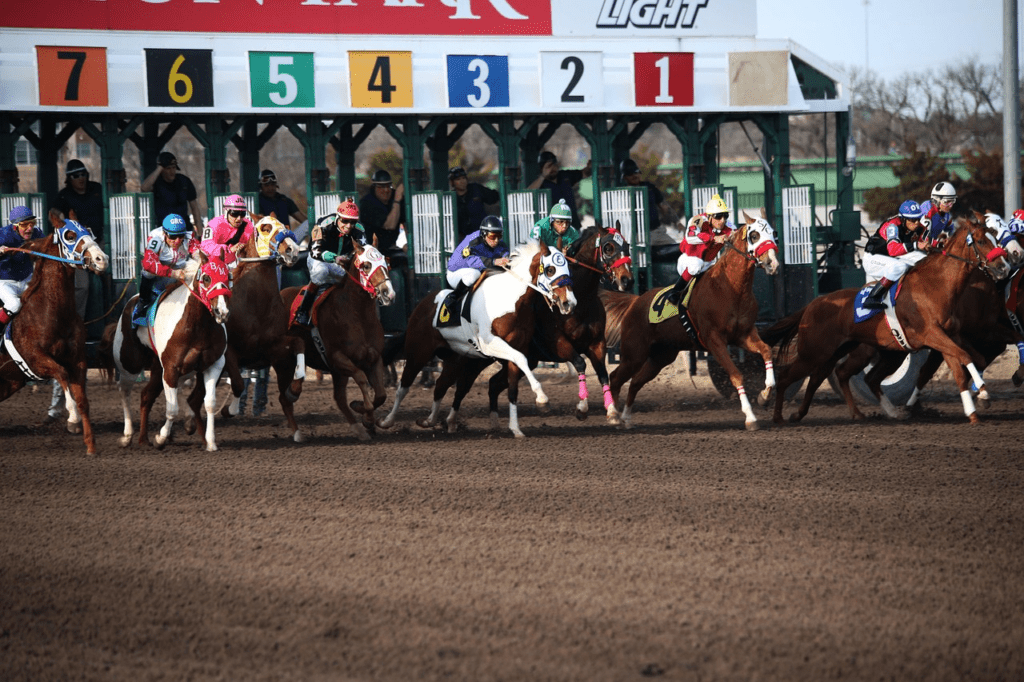The Preakness Stakes remains a pivotal moment in the Triple Crown calendar. For seasoned horseplayers and newcomers alike, understanding how odds work is key to approaching the 2025 race with clarity. Unlike the casual excitement of race-day viewing, betting requires focus and a grasp of how numbers reflect public sentiment, historical data, and real-time performance indicators. This guide breaks down how to interpret odds, what they tell you about a horse’s perceived chances, and how they evolve leading into the race at Pimlico Race Course. Whether you’re eyeing a strong favorite or a long shot with hidden value, knowing how to read the board can help shape smarter decisions.
How Horse Racing Odds Are Calculated
Horse racing odds stem from a pari-mutuel system, meaning you’re not betting against a bookmaker—you’re wagering against other bettors. All bets go into a pool. After taxes and track fees are removed, the remaining pot is split among winning tickets. The more money placed on a particular outcome, the lower the odds (and payout).
This stands in contrast to fixed-odds formats used in other sports. A horse listed at 6-1 returns $6 in winnings for every $1 wagered, along with the original stake. These odds remain dynamic until post time, shifting in response to overall betting activity. When a contender attracts significant attention, the odds typically shorten to reflect increased support.
Decoding the Format: What the Numbers Really Mean
The most common format in American racing is fractional odds (e.g., 5-2, 10-1, 3-5). These figures indicate the potential profit in relation to the amount wagered. For instance, 5-2 reflects a $5 profit for every $2 bet. Converting to decimal format can simplify comparisons—5-2 becomes 3.50, representing the total return including the original stake. Smaller numbers typically point to a favored contender, while larger ones suggest a lower expectation of success. Favorites often fall in the range of 2-1 to even money, while long shots may open at 15-1 or more. In the Preakness, where the field is smaller than the Kentucky Derby, spreads between favorites and dark horses can tighten quickly.
Morning Line Odds vs. Live Odds
Morning line odds are published by track oddsmakers, typically 24 to 48 hours before the race. These early projections estimate how the public might bet, not how horses are expected to finish. They’re a guide, not a promise. Live odds, on the other hand, shift throughout race day. As bettors place wagers, odds move accordingly.
A horse listed at 8-1 on the morning line might drop to 4-1 by post time if it garners heavy action. Watching the shift from morning line to live odds offers insight into public perception, possible trends, and where value might lie for less-hyped entries.
Favorites, Underdogs, and Betting Public Behavior
Favorites tend to win more often than other contenders, though the margin isn’t overwhelming. That doesn’t mean underdogs should be ignored. In the context of 2025 Preakness Stakes betting, the most successful strategies often involve balancing statistical form with awareness of how odds reflect media narratives and fan momentum. Horses with strong Derby finishes or big-name trainers may receive heavy action regardless of value.
Conversely, talented horses overlooked in coverage may retain longer odds, offering better returns. Understanding how crowd psychology influences the pools helps identify when odds are inflated or deflated based on sentiment rather than substance.
Finding Value Beyond the Favorite
A sharp bettor isn’t just looking for winners—they’re looking for value. A horse at 4-5 may be the likely winner, but if the payout barely justifies the risk, the bet may not be worth it. Alternatively, a 12-1 shot with solid form and favorable pace setup could be undervalued by the public.
Odds must always be evaluated in relation to perceived probability. Evaluate whether the odds are better than the horse’s true chance of winning. If they are, value has been found. This is where profit potential lies, particularly in high-profile races like the Preakness Stakes.
Using Odds to Structure Exotic Bets
Exotic wagers—like exactas, trifectas, and superfectas—combine multiple outcomes into a single ticket. Understanding odds is crucial when building these combinations. If you’re boxing a trifecta with three low-odds horses, your payout will be modest even if correct. Including a long shot increases risk but boosts return significantly.
Strategic bettors use odds to balance payout potential and probability. Pay attention to pools on multi-horse bets. Just like win pools, they fluctuate throughout the day and reflect how others are constructing their tickets. Reviewing odds in all categories helps shape exotic plays with purpose.
The Impact of Late Money and Post-Time Odds
Last-minute wagering can dramatically shift odds. Known as “late money”, this influx often comes from large bettors or syndicates placing sizable wagers minutes before the race. If you placed your bet based on 10-1 odds, but the horse closes at 4-1, your payout is based on the final number, not the one at the time you wagered. This makes timing critical.
Watching how odds move in the final minutes before the gate opens can offer crucial context. Horses drawing significant late attention may signal sharp money at work, while odds drifting upward might indicate waning confidence from insiders.
Factoring Odds Into Your Betting Strategy
Odds are a tool, not a verdict. They help frame the market’s expectations, but they shouldn’t replace analysis. Use them alongside pace projections, trainer statistics, recent performances, and jockey trends. Consider betting against the public when you believe a horse is overhyped. That contrarian angle often brings better returns if your read proves correct.
Remember to stay disciplined. Don’t chase odds that seem “too good to pass up” without supporting reasons. Successful Preakness Stakes betting comes from balancing intuition with data—and odds serve as a translator between the two.
Bringing It All Together on Race Day
On race day, keep your eyes on the board, not just the paddock. Watch for shifts that signal late confidence or a cooling favorite. Check the pools for heavy favorites drawing outsized action and compare their odds to other contenders with similar form. Use odds to validate or challenge your original picks, and adjust your tickets accordingly. The number beside a horse’s name tells a story—if it’s understood correctly. Betting on the 2025 Preakness Stakes isn’t about chasing excitement. It’s about interpreting odds in context and acting with clarity when the gate opens.


